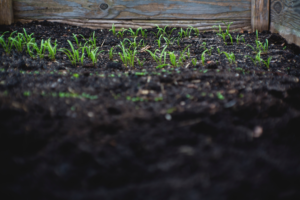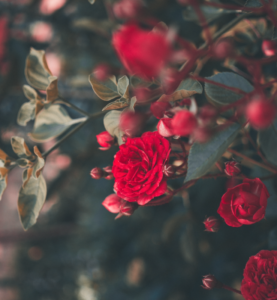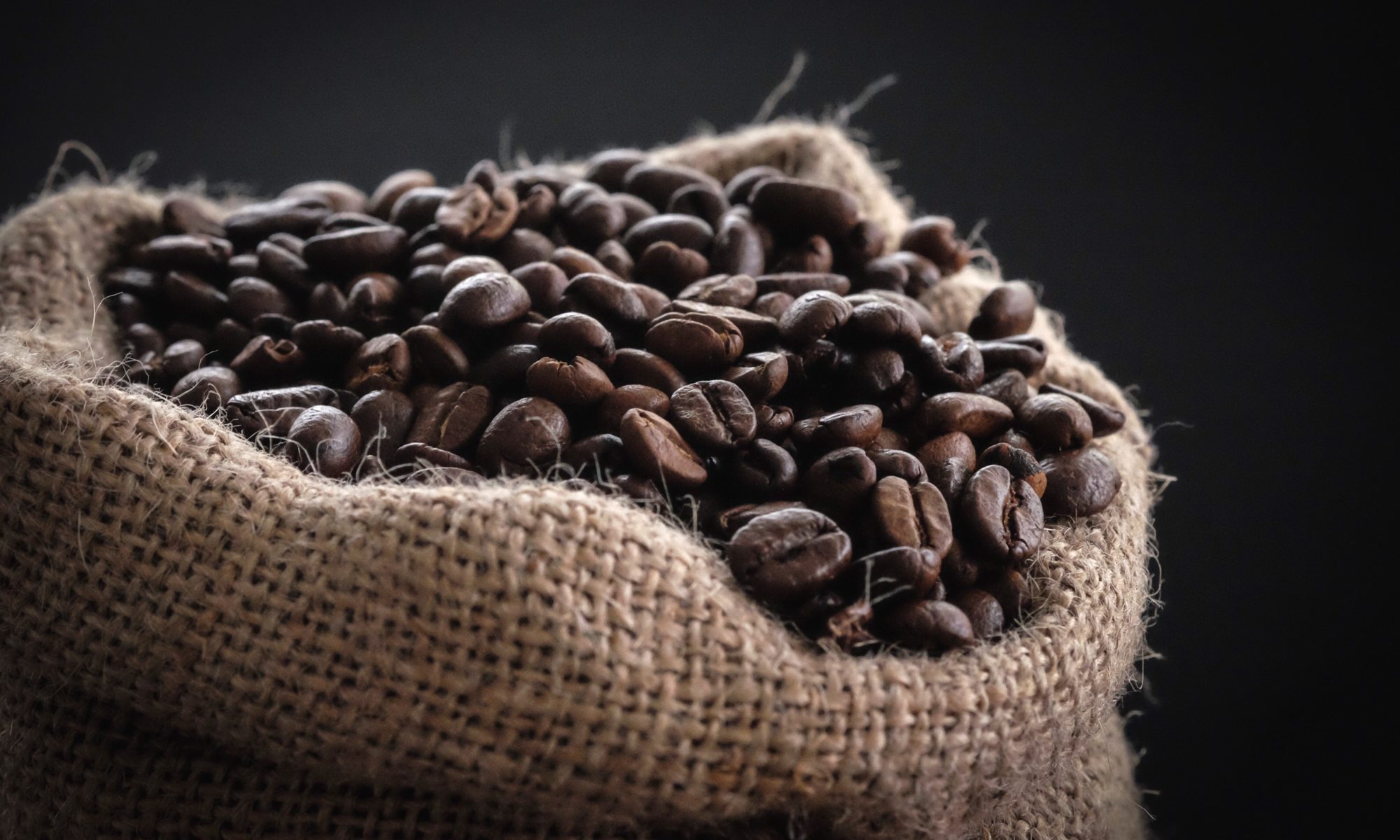 With the return of spring and good weather it is finally time for gardening season, and coffee grounds will be your new ally! Thrifty and efficient, coffee grounds can be used as a regenerative practice that promotes the soil health. Starting today, reserve your coffee grounds and discover over how to exploit its rich properties.
With the return of spring and good weather it is finally time for gardening season, and coffee grounds will be your new ally! Thrifty and efficient, coffee grounds can be used as a regenerative practice that promotes the soil health. Starting today, reserve your coffee grounds and discover over how to exploit its rich properties.
Coffee grounds are rich in nitrogen and potassium (directly assimilable for the latter), which makes it a very good input for crops. Although it has a reputation for being acidic, using it in the right amount can be very beneficial. In addition, it has repellent – but non-toxic – properties against pests (slugs, aphids, etc.).
Coffee grounds and compost
It is possible to use coffee grounds in compost as a growth promoter. Sensitive to caffeine, earthworms are more active in their decomposition work. Be careful, however, that it is dry before putting it and to not add too much in the composter. It is recommended according to sources not to exceed 12-20 % of compost.
This mixture can then be used as an organic amendment on crops or plants.
 Coffee grounds and sowing
Coffee grounds and sowing
It is also possible to mix the seeds directly with coffee grounds and to spread them all together on the ground or mulch. However, be mindful not to spread in thick layers because the coffee grounds may mold (and cause too much acidification of the soil). Again, make sure that the coffee grounds are dry before using.
The grounds can also be deposited directly at the base of the plants. Note that after heavy rain, it is necessary to add back a layer.
Coffee grounds and cultivating in pots
You can use the coffee grounds by mixing it with potting soil and use it to repot your plants.
Coffee grounds for which plants?
Blueberries – and other acidophiles – will appreciate the acid side of coffee grounds (N. B: acidophiles are plants requiring a pH between 4 and 6 to grow). Also in this category: maples, camellias, etc. It can also be used on roses which can adapt to all types of soil. Several sources claim that it is beneficial as well for tomato plants.
 Preparation of a liquid fertilizer
Preparation of a liquid fertilizer
1. Take the filter from your coffeemaker and pour the grounds into a container with 2L of water
2. Stir and let stand for 24-48 hours in a cool room (like your garage or cellar)
3. Filter the liquid if necessary
4. Water your plants
Good, not only for the soil!
Coffee grounds can be placed in a jar at the bottom of your fridge to capture odors. Or use them to exfoliate your skin!
In short, we love coffee grounds – can you tell?




